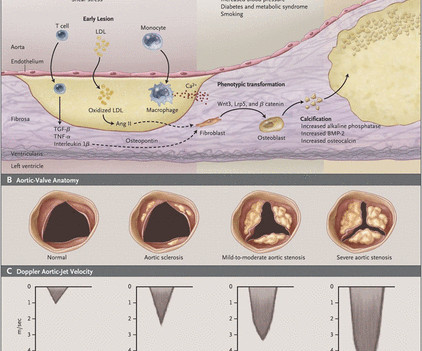Pathophysiology, emerging techniques for the assessment and novel treatment of aortic stenosis
Open Heart
MARCH 24, 2023
Our perspectives on aortic stenosis (AS) are changing. The pathophysiology of calcific AS (CAS) is complex, yet can be characterised similarly to that of atherosclerosis. Existing biomarkers (troponin and brain natriuretic peptide) are non-specific, but cost-effective predictors of ventricular dysfunction.














Let's personalize your content